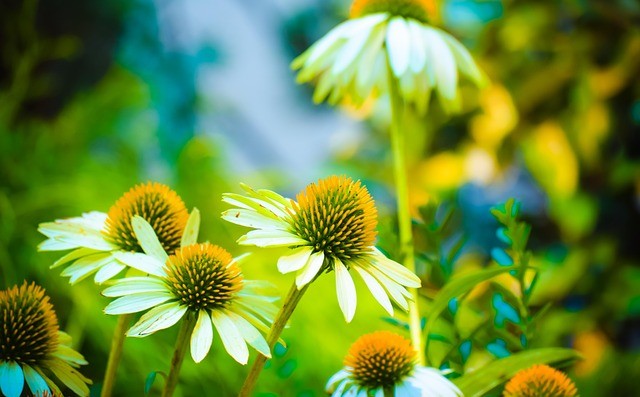Hay-fever sufferers know just how itchy and miserable summertime can sometimes be, and for children it can be hard to resist eye rubbing. Helping children with hay-fever is really important, allowing them to manage the condition and have a happy summer.

Allergies like hay-fever can often run in families, so if you endure hay-fever, keep a look out for the tell tale signs of pollen sensitivity in young children. Hay-fever symptoms (runny nose, itchy puffed eyes, itchy throat) do not normally affect babies and toddlers until they are about two years old and are more common in children who have asthma or eczema.
What Causes Hay-fever?
Hay-fever is when they immune system overreacts to the presence of pollen grains, seeing them as something harmful, when in fact they are completely harmless. To get rid of the pollen, the immune system produces chemicals like histamine, which cause nasal and eye tissue to swell and produces sneezing. This is to push the pollen out and prevent more of it from entering.
The culprits are usually grass and tree pollen and as different species ripen throughout the spring and summer months, hayfever can really last a long time.
For children, hay fever can be particularly difficult as the temptation to rub their eyes can be unbearable, and the more they are rubbed the itchier they become.
Tips for Helping Children with Hay-Fever
Medication such as nasal sprays, eye drops and anti-histamine tablets are available from chemists and generally work well, but there are also a few other ways to help reduce the effect of pollen around your child.
- Most pollen is released in the early morning so try minimising outdoor activities at this time, opt for late morning onwards.
- Avoid play next to freshly cut grass as the pollens and moulds have been disturbed and will be in the air.
- Sunglasses help prevent pollen from getting into the eyes, and wearing them can be soothing if eyes are irritated.
- Do not used bed linen that has been dried on an outside line.
- Change your child’s clothes after coming in from playing outside as pollen is easily trapped in the fibres.
- Smear a little balm on your child’s nose. Its not only soothing to the skin but will help trap pollen particles before they enter the nose.
- Choose coastal holidays as often the wind comes straight off the sea with minimal pollen.
- Keep car windows closed when travelling and re-circulate the air, rather than bringing pollen spores in from outside.
- Shower and wash hair to help get rid of pollen spores. Also a cold, damp cloth placed over the eyes will help soothe the itch and reduce puffiness.
- Eat Local Honey. Some research suggests that eating local honey helps the body become less sensitive to the pollen in the area. Remember, no honey for babies under 12 months.
- Offer plenty of fresh fruit. Vitamin C has natural anti-histamine qualities.
Supporting children with hay fever requires a combination of understanding, proactive measures, and a touch of creativity. By identifying triggers, practicing preventive strategies, and providing comfort during flare-ups, we can help children navigate the hay fever season with greater ease.
From creating a clean and allergen-free environment to exploring natural remedies and seeking medical treatment when necessary, we can empower children to embrace outdoor activities while managing hay fever symptoms effectively.
Helping children with hay-fever – Please add your top tips to help children cope with the irritation of pollen!
